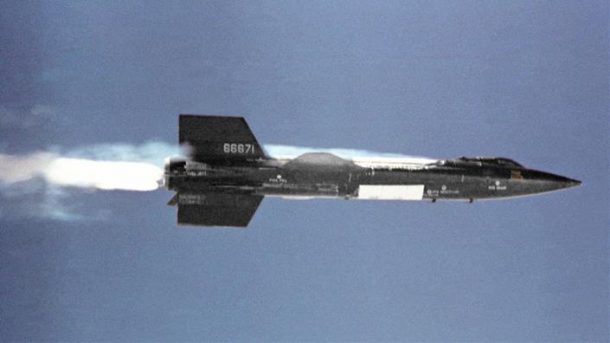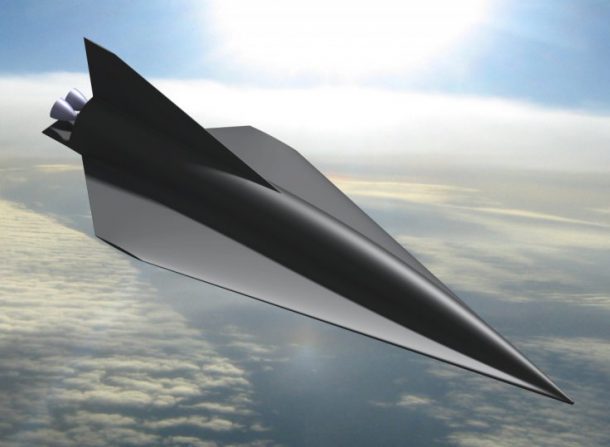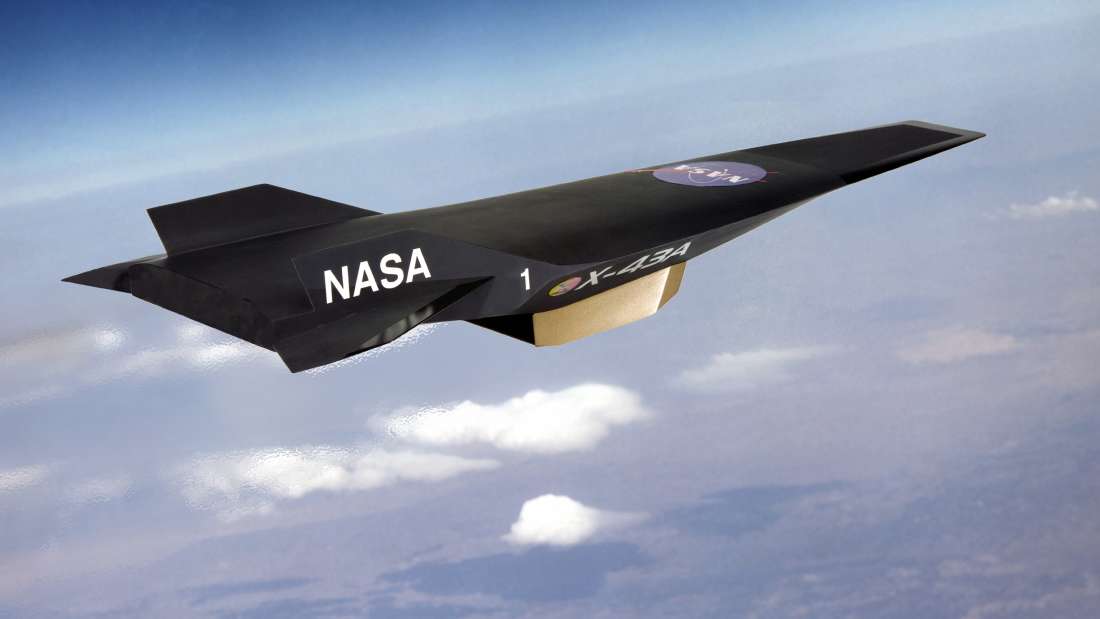Breaking the sound barrier was a really big achievement back in time after which supersonic flights were started commercially. As is human nature and the driving force behind new developments, we want more. To this effect, NASA is working on a new material that could change the way we look at air travel and open new avenues for hypersonic flights.
Flights above Mach 1 are known as supersonic flights whereas those above Mach 5 are termed as hypersonic flights. This has been achieved before by the experimental North American X-15, which went up to Mach 6.7 but it met a fatal crash before the first 200 flights were completed and increasing technical failures led to the shut down of the project.

At very high speeds like Mach 5, the compression of the air causes a huge rise in the temperature, which damages the plane parts. That is the hurdle that organizations like NASA are trying to overcome. An aerodynamics expert Paul Bruce, from Imperial College London, says “All the kinetic energy is converted into temperature. You get a very, very hot bit of gas in front of the vehicle and that tends to melt or otherwise ablate the surface.”
There are only two options to overcome this problem. One is to blunt and round the aerodynamic features. Doing that makes it near impossible to achieve hypersonic speed. The other option is advanced heat-resistant materials. Carbon nanotubes were used by manufacturers, but new research by NASA and Binghamton University in New York has revealed that boron nitride nanotubes (BNNTs) are more heat resistant and would do a much better job.
“Our study used what are called boron nitride nanotubes (BNNTs). NASA currently owns one of the few facilities in the world able to produce quality BNNTs,” said research author and mechanical engineer Changhong Ke from Binghamton. “While carbon nanotubes can stay stable at temperatures up to 400 degrees Celsius, our study found that BNNTs can withstand up to 900 degrees Celsius. BNNTs are also able to handle high amounts of stress and are extremely lightweight.”

The experiments were not carried out in ideal conditions or vacuum, but real life conditions were used. Ke added, “We weren’t testing this material in a vacuum, like what you would experience in space. Materials can withstand much higher temperatures in space. We wanted to see if BNNTs could hold up in the type of environment an average fighter jet or commercial plane would experience.”
The only hurdle in the way now is the price of BNNTs. It costs $1,000 per gram but experts are hopeful that the price will go down as carbon nanotubes cost the same in the beginning before settling down to $10-20 per gram. Achieving this is a huge step towards commercial hypersonic flights and we might see them become a reality in the coming decade.


